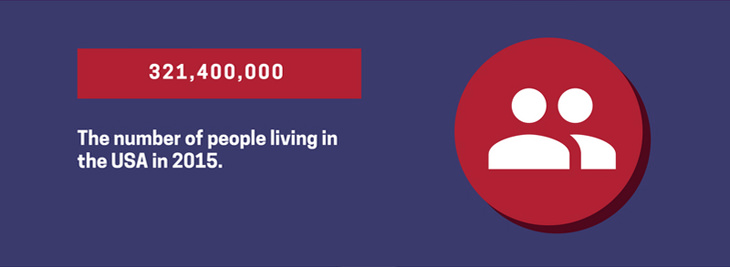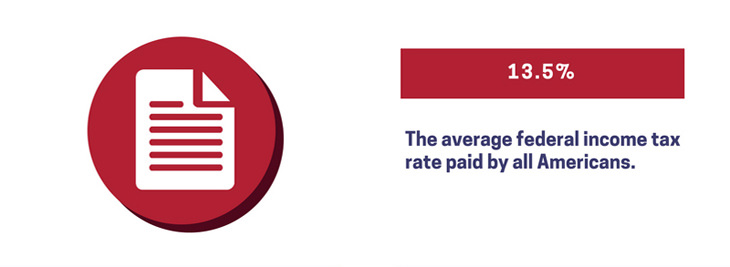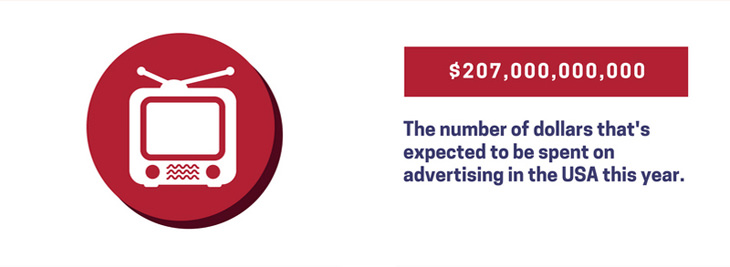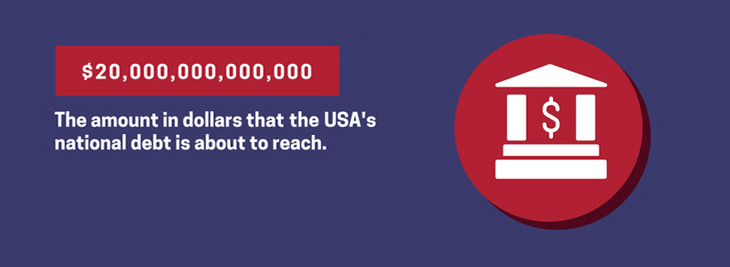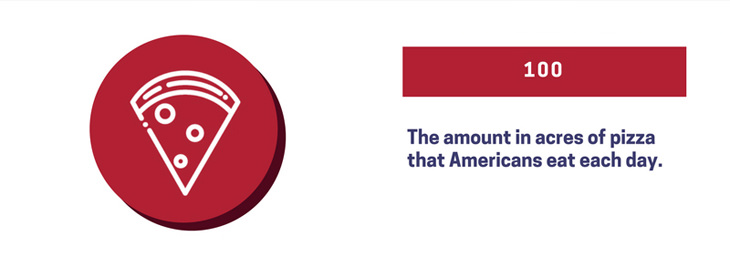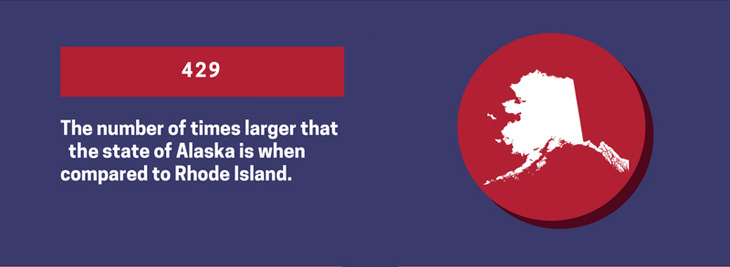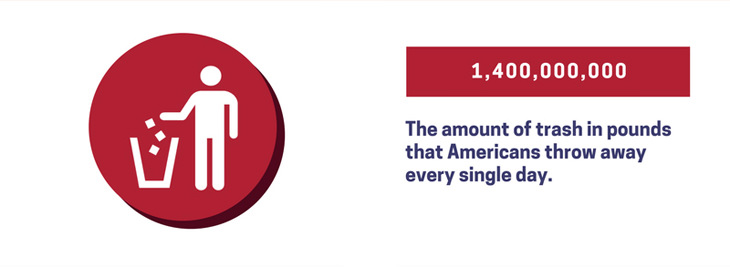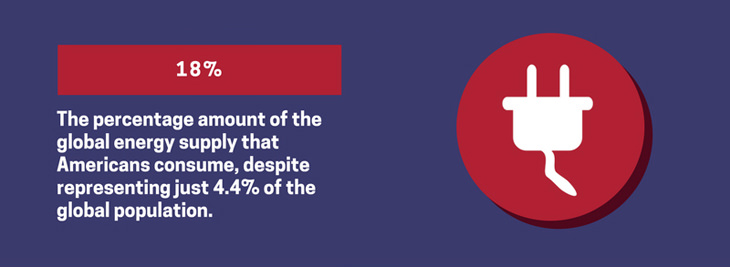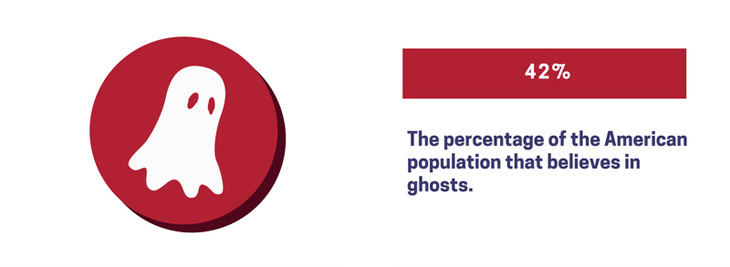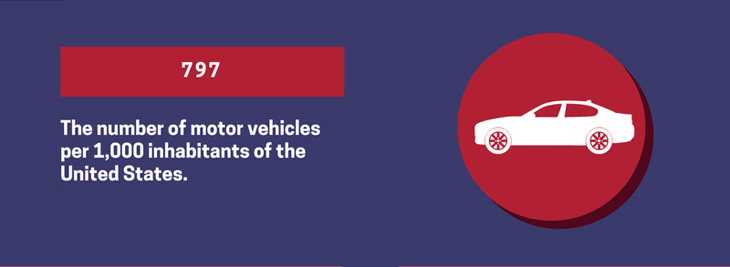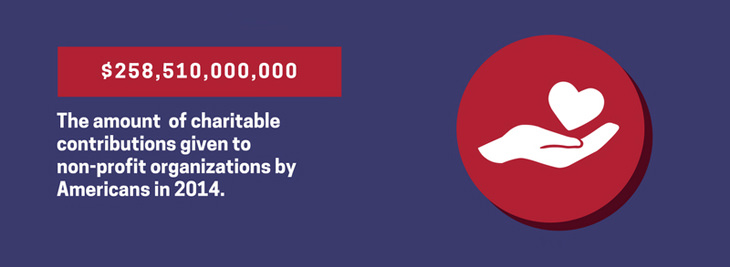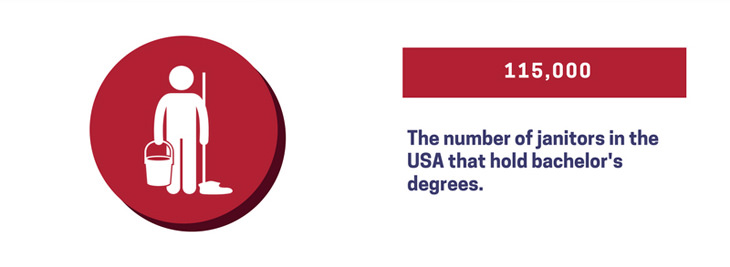1.
The population had exceeded 321 million people by the end of the year 2015. Some 62.6% of the US population is white, whereas a further 17% of the population is Hispanic or Latin American. African Americans account for 13.2% of the population. The remaining percentage of the total consists of Asian Americans, Native Americans and Alaskan Natives, Native Hawaiians and other Pacific Islanders, as well as those that have at least two races in their ethnic makeup.
2.
During the 2015 tax year, the US Internal Revenue Service (IRS) assessed a total income tax of $1.454 trillion on Americans from a total of 150.6 million tax returns. This showed that the average American owed $9,655 in income tax at the time the statistics were collected. Seeing as the average gross income for Americans was calculated at $71,258 in 2015, this equates to an effective federal income tax rate of 13.5%.
3.
Road freight is the most popular method employed for moving goods throughout the United States, accounting for 70% of the nation’s freight by weight. During the year 2014, single-unit and tractor-trailer trucks covered a staggering 279 billion miles, hauling over 10 billion tons of goods in the process.
4.
Advertising is big business in the United States. In fact, it’s the largest advertising market in the world. Spending on advertising in the country is expected to exceed $207 billion in 2017. Some 40% of all advertising in the United States goes on TV advertising. In contrast, the rise of digital platforms has seen spending on newspaper advertising decline significantly. Some 15% of the total advertising spend in the United States was on newspaper advertising, however that figure is projected to stand at 5.5% by 2020.
5.
The US national debt has increased by a factor of more than 68 since 1960. During that year, the figure stood at a relatively reasonable $286 billion, however it is soon set to break through the $20 TRILLION barrier by the end of this year. This figure means that the US national debt is now in excess of 105% of its gross domestic product. In other words, the country is in more debt than the total value of goods it produces and services it provides over the course of a year.
6.
Pizza is thought to have arrived in the United States in 1905, when Italian immigrant, Gennaro Lombardi, applied to the New York City government for the first license to make and sell pizza in the country. With that being said, it only became a mainstream food in the US after World War II – it was previously considered to be an ethnic, poor person’s food eaten by Italians in the urban enclaves they settled in. In the time since, the likes of Pizza Hut, Little Caesar’s, Domino’s and Papa John’s have helped to raise the amount of pizza eaten in the US to 100 acres per day, which is equivalent to 1,600 tennis courts in area.
7.
Covering some 665,384 square miles, Alaska is by far the largest US state. In fact, it’s well over twice the size of Texas, which covers 268,596 square miles. On the other hand, at just 1,544 square miles, Rhode Island is almost 1,000 square miles smaller than the next smallest state – Delaware. This means that Rhode Island can fit into Alaska no less than 429 times.
8.
Residents of the United States are among the most resource-intensive people on earth, with the average American using 35 times more resources than the average person in India. Sadly, Americans have become a “disposable” culture as a result. The most shocking statistic in this regard is food wastage, with at least one-third of all food in the United States being thrown away without being eaten. Each day, Americans throw away a mind-blowing 1.4 billion tons of waste.
9.
Despite the US population accounting for just 4.4% of the global total, the country uses 18% of the world’s entire energy supply. In contrast, China accounts for some 19.6% of the global population, however it only overtook the US as the world’s largest energy consumer in 2011.
10.
Americans believe in a lot of spiritual or supernatural things, as well as conspiracy theories. Some 42% of them believe that ghosts are real, with the percentage rising to 77% for those that believe in angels. A particularly telling figure is the 7% of the population that believes the moon landings were faked, as is the 40% figure for Americans who believe that global warming has nothing to do with human activity.
11.
There are almost 256 million vehicles in the United States shared between over 321 million people, meaning that the country has the highest number of vehicles per capita in the entire world (barring the microstate of San Marino and the principality of Monaco). For every 1,000 US inhabitants, there are 797 cars.
12.
The population of Montana was estimated at just over 1 million people by the US Census Bureau in 2015, but humans are vastly outnumbered in the state by beef cattle, which number almost 3 million. In addition, Montana also has 18,000 dairy cows. If you put the two figures together in a ratio, the number of cattle to humans is almost three cattle for every single human.
13.
According to the worldwide consulting company, Gallup, the United States is the second most generous country in the world after Myanmar (formerly Burma). While Myanmarese generosity is driven by the Buddhist belief in a good deed serving individuals well when they come to be reincarnated, US generosity is driven by a sense of civic duty – to the point where, in 2014, Americans gave away over $258 billion to non-profit organizations.
14.
Sometimes, the American dream remains well out of reach for people, even after they’ve been to college and (inevitably) piled on a mountain of debt to pay for it. The United States is home to 115,000 janitors that hold college degrees, which is a reflection of the so-called “higher education bubble”, which has seen more than 50% of recent college graduates facing underemployment or unemployment. There are also 83,000 bartenders, 80,000 truck drivers and 323,000 waiters and waitresses that hold college degrees in the United States.
15.
By the time a child reaches college age, average American parents would have spent in excess of $245,000 on providing food, shelter, education, clothing and other expenses raising them. With regard to how the money is split, the top three costs are housing (30% of the total), childcare and education (18%), and food (16%).


